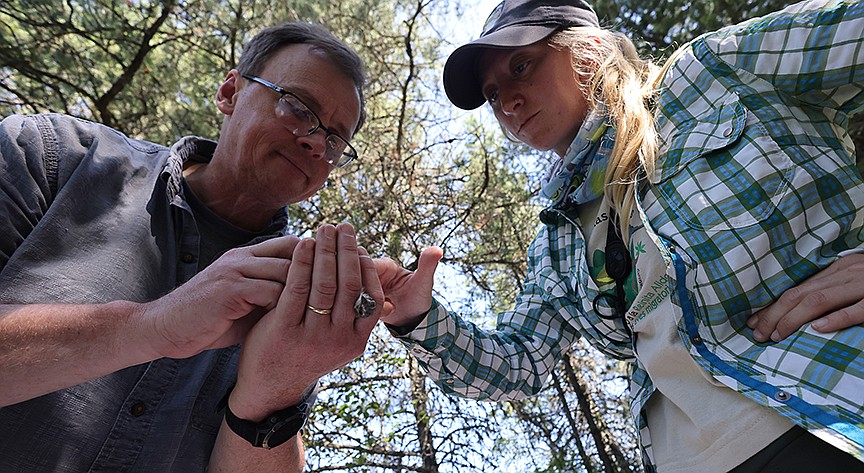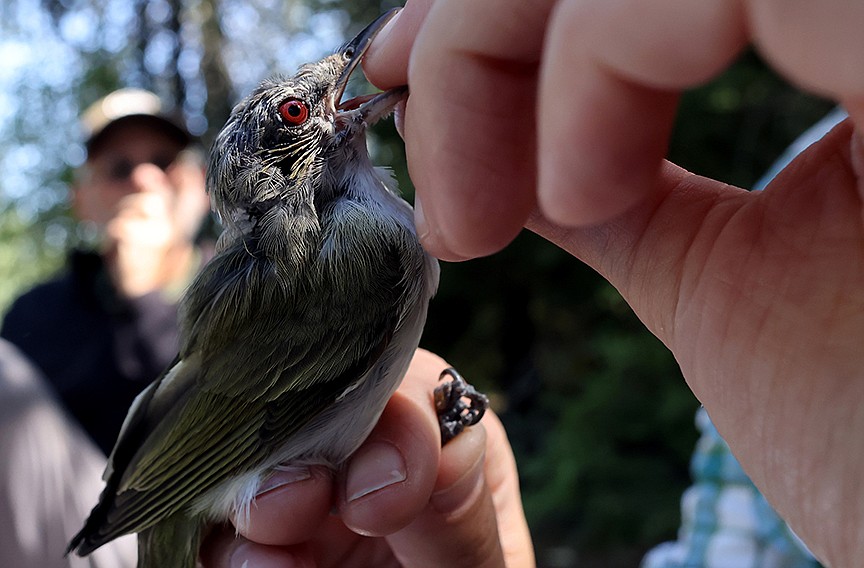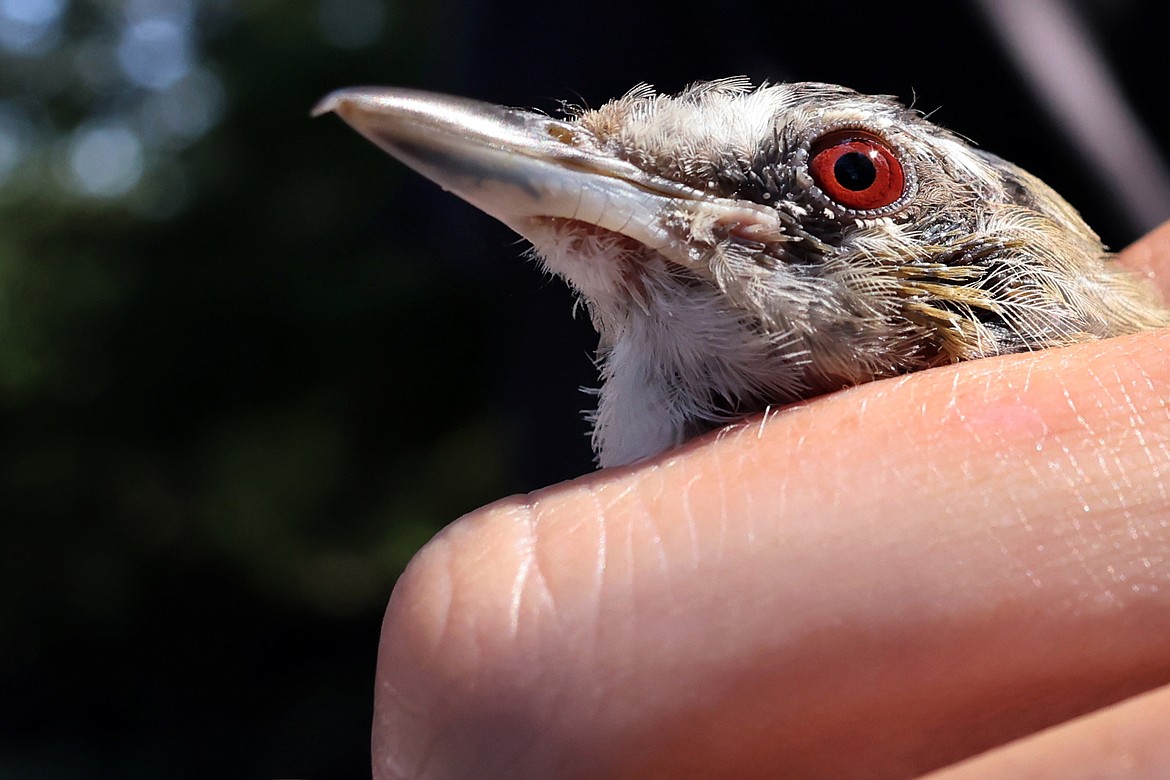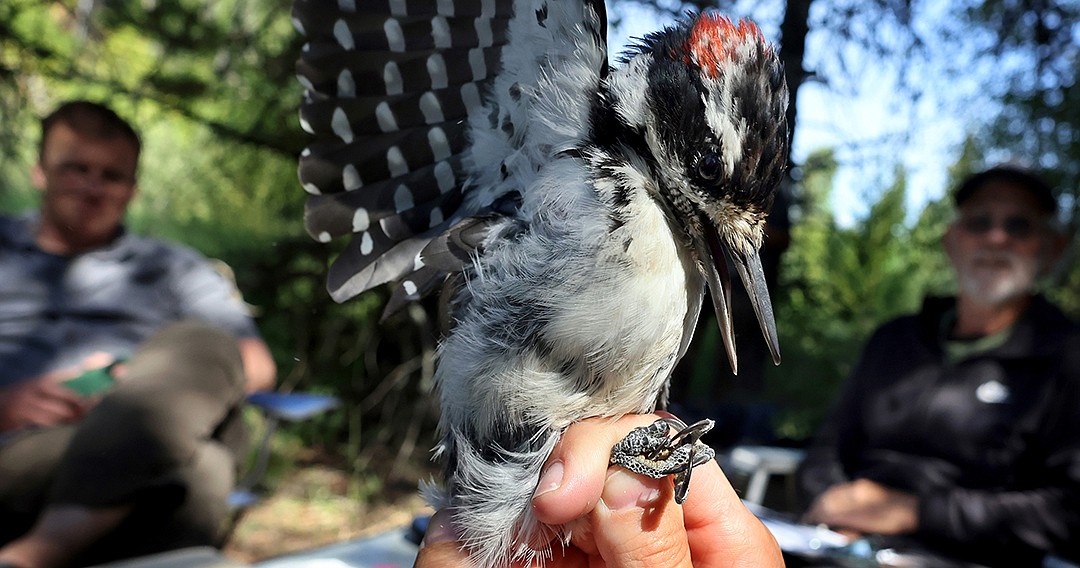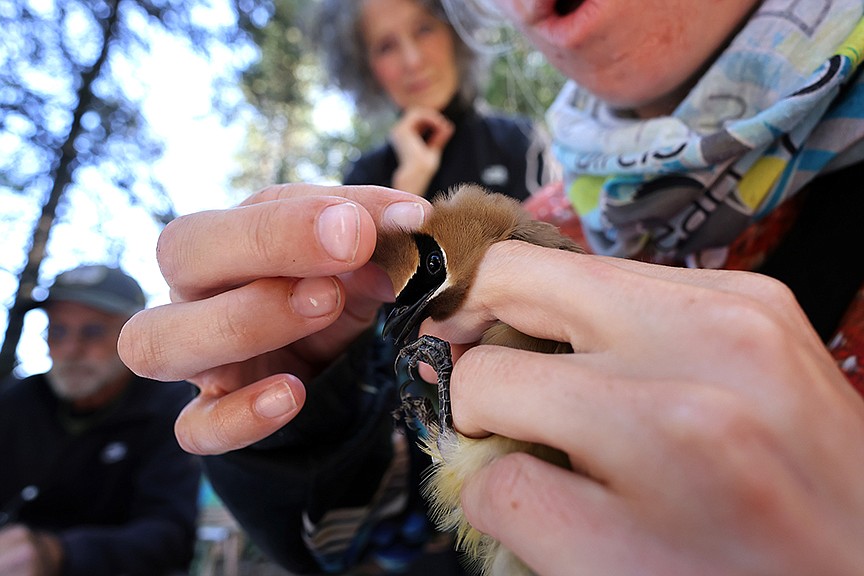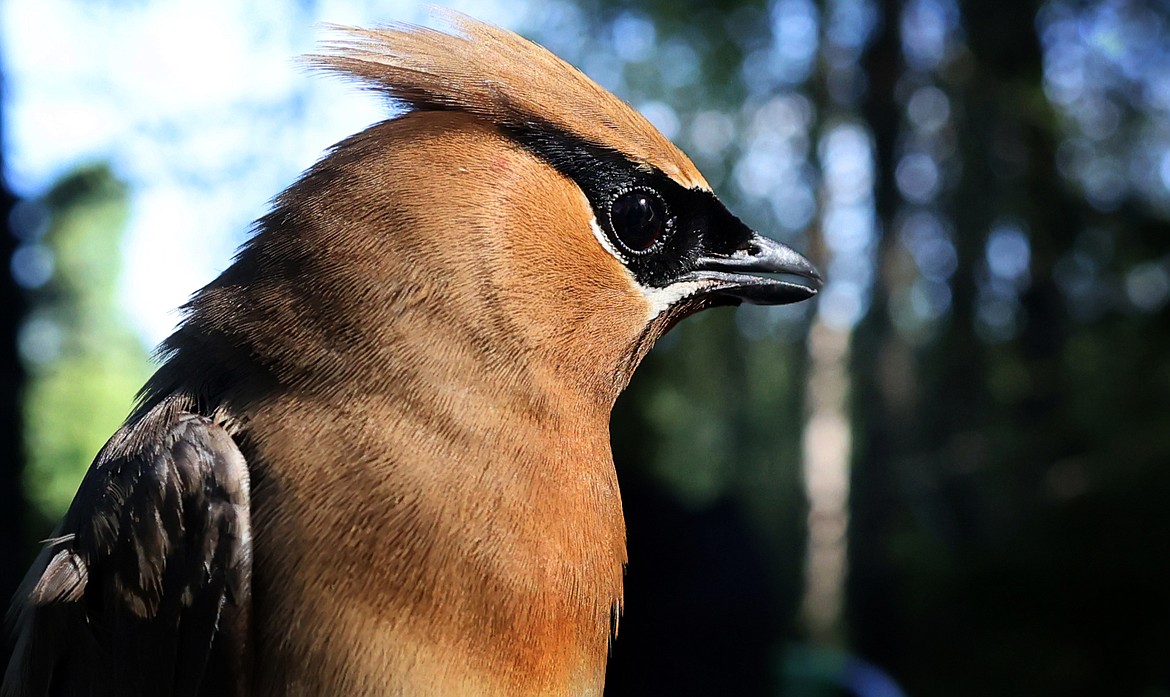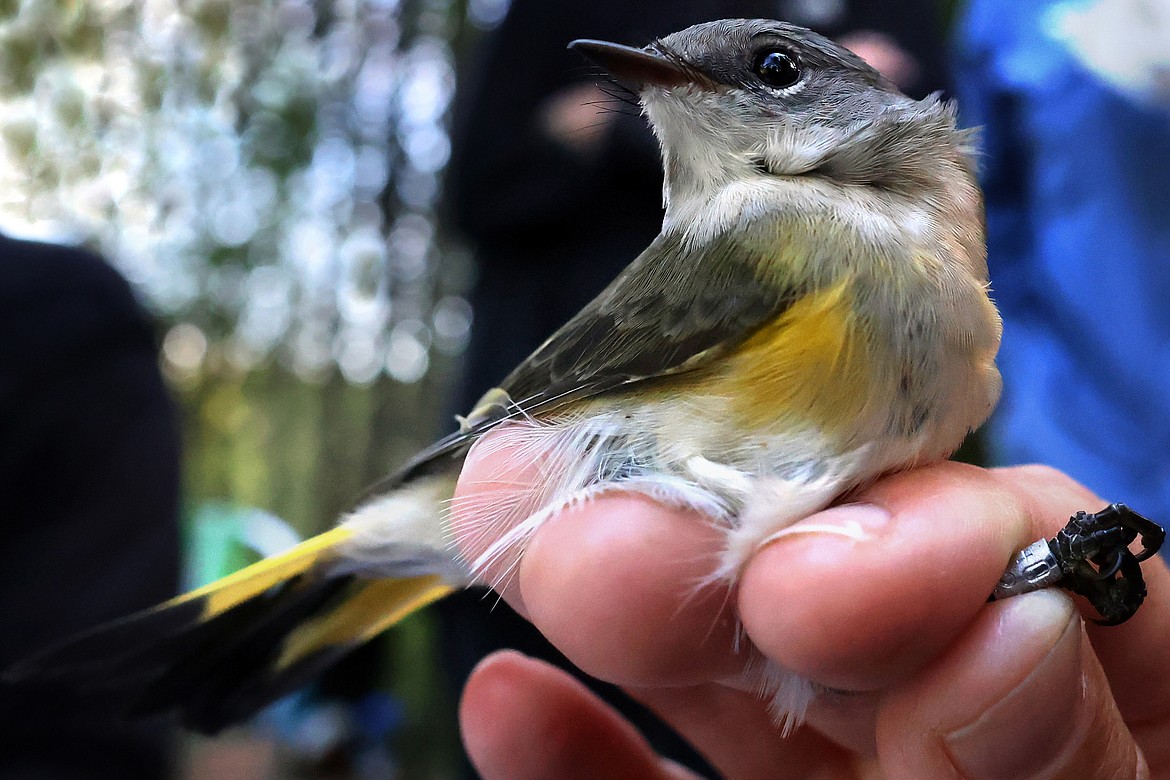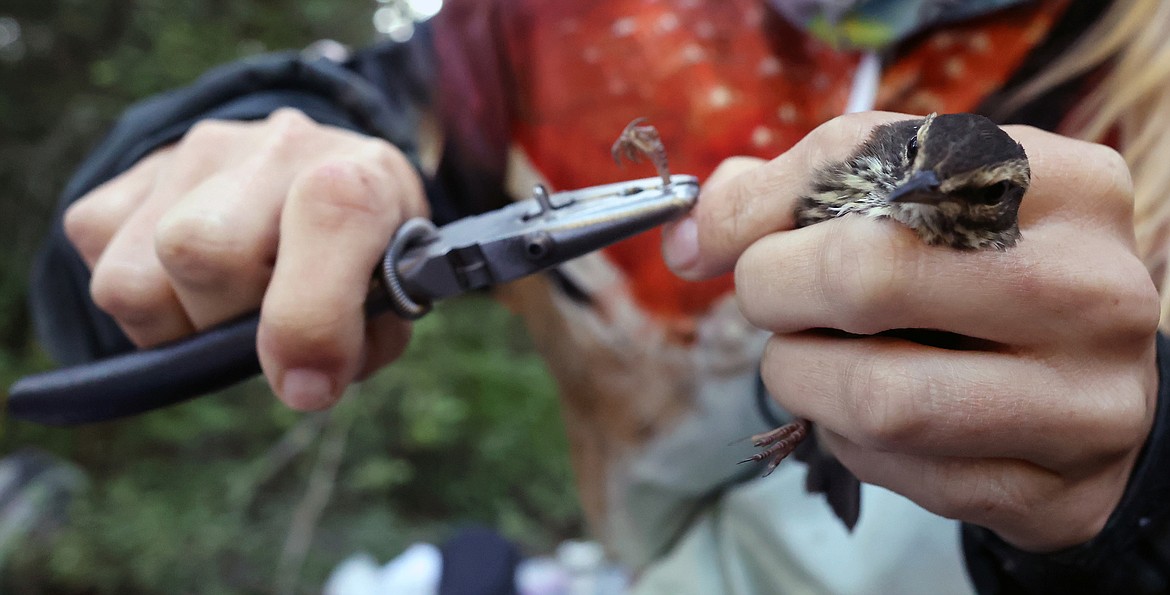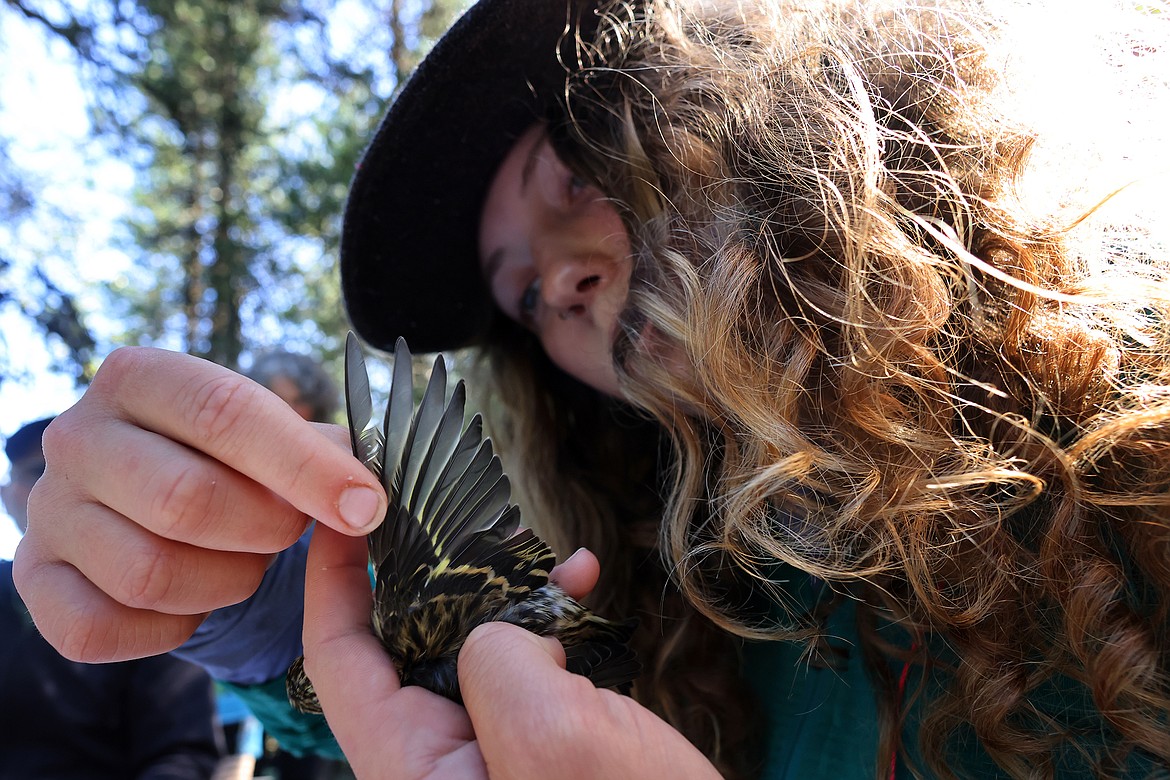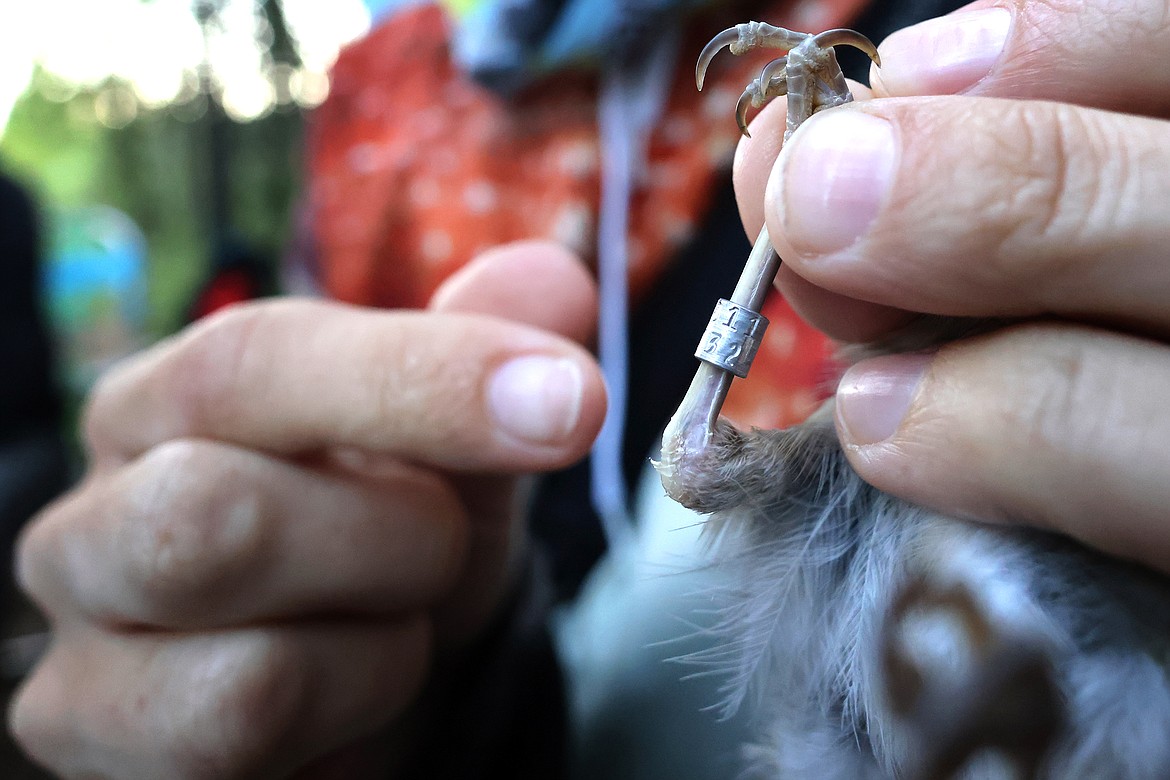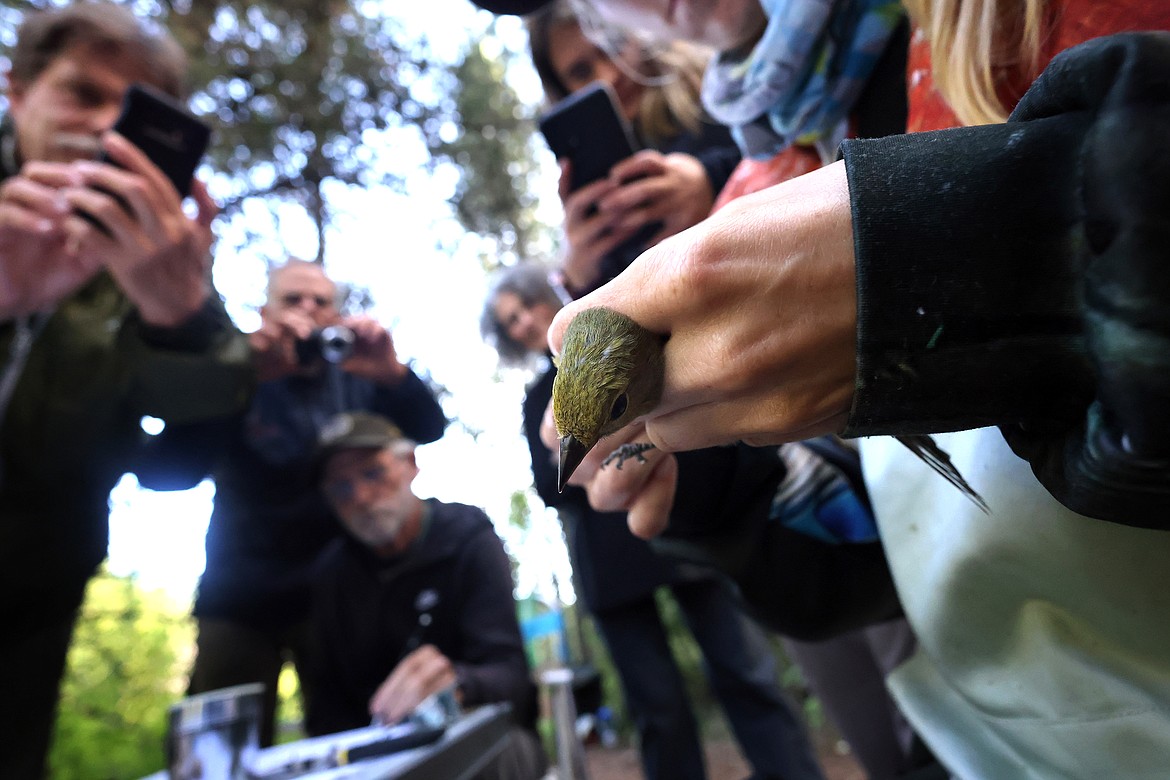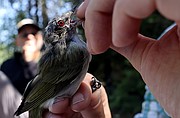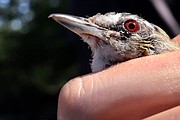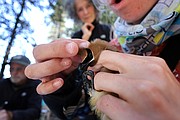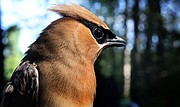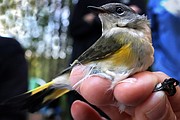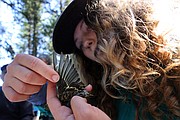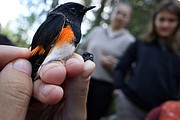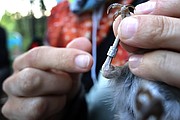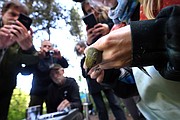Glacier Park bird monitoring part of continent-wide collaboration
Gear in hand, the group sets off through the eerily silent forest of Glacier National Park well before dawn.
As the sun’s first rays creep their way over the mountains to the east, more than a dozen biologists, volunteers and interns are hard at work setting up a series of large nets along the mist-covered shore of McDonald Creek.
Their aim for the day is a simple one, capture as many birds as possible for identification, data collection and banding.
The effort is part of the Institute for Bird Populations’ Monitoring Avian Productivity and Survivorship (MAPS) program, a continent-wide collaborative effort among public agencies, non-governmental groups, and individuals to assist the conservation of birds and their habitats.
Each summer since 2020, park biologist Lisa Bate and her colleagues have set up the nets and data-collection station every 10 days to learn more about Glacier’s bird population.
“We do this so we can study the causes of bird population changes in North America,” she explained. “We are really looking to get at what are the causes for population decline or increases and whether problems are more serious in winter or breeding grounds. We want to see the trends in different areas and what are the relationships between population changes and changes in weather, climate and habitat loss.”
MAPS bird banders collect data that can be used to estimate key demographic parameters, also known as vital rates, like productivity, recruitment, and survival of individual bird species. This information helps scientists understand which life-stages may be most important in limiting population growth or causing declines.
Since 1989, more than 1,200 MAPS stations spread across nearly every state and Canadian province have collected more than 2.5 million bird capture records.
Bate first heard about the program while participating in a webinar and decided Glacier National Park would be a perfect place for a data collection station.
“National parks are great places to get control data on bird species since they do not have development, logging or mineral mining. Gathering data in a national park can really tell us a lot about what is going on with certain species.”
According to Bate, Yosemite National Park in California has seven data collection stations and has been participating in the program for more than 20 years. She hopes Glacier can expand its program in coming years to help collect as much data as possible.
“We could band a bird here and it could show up in the southern U.S., Mexico or even Central America and we can learn where it is molting, where it is wintering and how things like climate change are affecting that,” she said. “This is data that is very useful to biologists.”
In its first three years of operation, the Glacier National Park MAPS station has captured or observed more than 75 species of birds in the park, but Bate says the program has other upsides as well.
“All of the staff, volunteers, interns and visitors with the program get to learn bird IDs and we talk about bird conservation. I just love seeing people light up when they are holding a bird in their hands for the first time,” she said. “I also feel strongly about getting young people out in the outdoors and more engaged in wildlife conservation. I think this is one of the best programs we have to get people interested. It’s a great way to light a fire under the next generation of biologists and scientists.”
The program has already overcome a number of challenges in its first three years, but Bate says it will be a few more seasons before scientists can glean any patterns from the data collected.
“You need to run a MAPS station for at least five years to be able to see the trends in the data, so we are still learning about what is happening with the bird population in Glacier National Park,” she said. “With us though, it might take longer than that since we started in a year with Covid and then the next year had flooding. Sometimes science takes a little while.”

